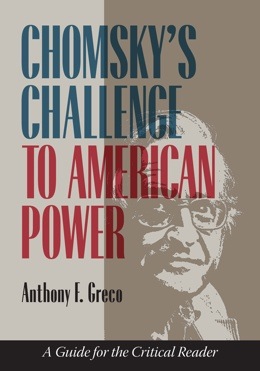Right now prospects are looking pretty good* for the Democrats to re-take the majority in the House of Representatives in September, with an outside chance even of re-taking the Senate. These prospective victories will be critical to limiting the damage Trump can inflict on the country during his remaining time in office and to building the political momentum for his removal, whether in the 2020 election (most probably) or by impeachment or threat of impeachment.
How can the Democrats maximize their chances of winning? They can choose between two broad strategies, which, while not strictly incompatible, are certainly in tension with each other. These two strategic alternatives correspond roughly to what I have described as two competing tendencies in the Democratic Party, which for purposes of discussion we can label “centrist” and “progressive-populist.”
The centrist strategy focuses on the Democrats’ opportunity to capture normally Republican voters who are repulsed by the extremism and general ugliness of the Trump presidency and the party that enables it. Since such GOP-to-Dem prospective converts are presumed to be relatively moderate in their policy preferences, centrists emphasize the need to avoid “extreme” progressive positions that might turn off moderate Republicans. Such extreme positions might include sharply increased progressivity in taxation, single payer health care and universal availability of free college education.
The progressive populist strategy emphasizes the need for Democrats to make a sharp break from politics as usual. They see the Trump phenomenon, as well as the strong showing by Bernie Sanders in 2016, as indicative of a widespread popular political alienation—a disdain for both major parties–that needs to be acknowledged and met with aggressively progressive policy positions, many of which are precisely those the centrists would shun. Like the centrists, populist progressives are interested in converting GOP voters, but they tend to target not traditionally Republican moderates, but social categories that voted for Obama in 2008 and/or 2012 but switched in 2016. The switchers include millions of white working class voters whom the populists hope to attract with economic policy proposals geared to less affluent Americans.
Which of these strategies offers the better chance of success? Longtime readers know that my sympathies are with the progressive-populist tendency in the party, but I want to be very objective here: getting Trump out of the White House is an absolute priority, and if the centrist strategy offered clearly better chances of doing that, I would go with it. (Please, don’t anybody tell me that you’re sick of voting for the lesser of the two evils: the greater evil is so very much greater that you really shouldn’t have to think about this.) The thing is, I honestly don’t know which of the two strategies is superior from a strictly pragmatic standpoint. I’ll be exploring this dilemma in future posts.
* I don’t want to say “very good” because I think it’s too easy to underestimate the structural obstacles to Democratic control of both the House (gerrymandering plus the concentration of Dem voters in relatively fewer places) and Senate (the small state advantage plus the very large number of red state Dems up for re-election). The expectations game makes it dangerous to exude too much confidence. A narrow miss of a House majority would be a significant advance, but would be discounted if everyone had been predicting a still better result.




Jeremy Graham April 26, 2018 at 5:32 pm
I think there is room for both approaches in the primaries, but in the general elections, it has to be entirely about limiting the power of and getting rid of Trump. That is something that most of us can agree on. If Hilary had campaigned explicitly on the issue of beating Trump, she would have, but she chose not to.
tonygreco April 27, 2018 at 1:17 pm
We agree completely. Re. Hillary: She was sometimes criticized for making too much an issue of Trump personally. I think just the opposite was true.
Jeffrey Herrmann April 28, 2018 at 3:31 am
One factor which would have changed the outcome in 2016 is voter turnout. To their everlasting shame, many people who despised tRump stayed home on election day, while the forces of evil roused their supporters and got them to the polls.
With the Presidunce’s disapproval rating in the high 50 percent range and approval down in the high 30 percent range (per Gallup), there is an abundance of voters who should want to turn the Repugnicans out, if only to contain tRump. Enthusiasm for exercising the right to vote will be key.